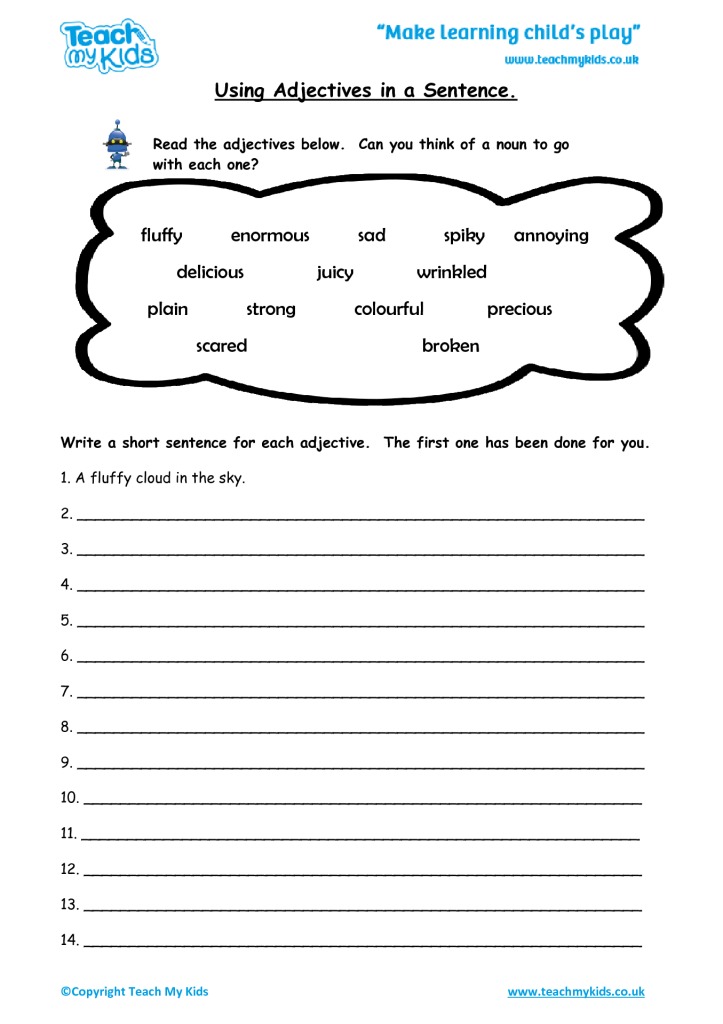


If it bothers you that “like” is an adjective and not a verb in Japanese, you can think of 「 好き」 as meaning “desirable”. ExamplesĪs shown by the following examples, the conjugation rules for na-adjectives are the same as nouns. You can also use adjectives with particles just like we did in the last lesson with nouns. One main difference is that a na-adjective can directly modify a noun following it by sticking 「な」 between the adjective and noun. All the conjugation rules for both nouns and na-adjectives are the same. The na-adjective is very simple to learn because it acts essentially like a noun. All adjectives fall under two categories: na-adjectives and i-adjectives. It can also be connected in the same way we did with nouns using particles.

An adjective can directly modify a noun that immediately follows it. Now that we can connect two nouns together in various ways using particles, we want to describe our nouns with adjectives.


 0 kommentar(er)
0 kommentar(er)
